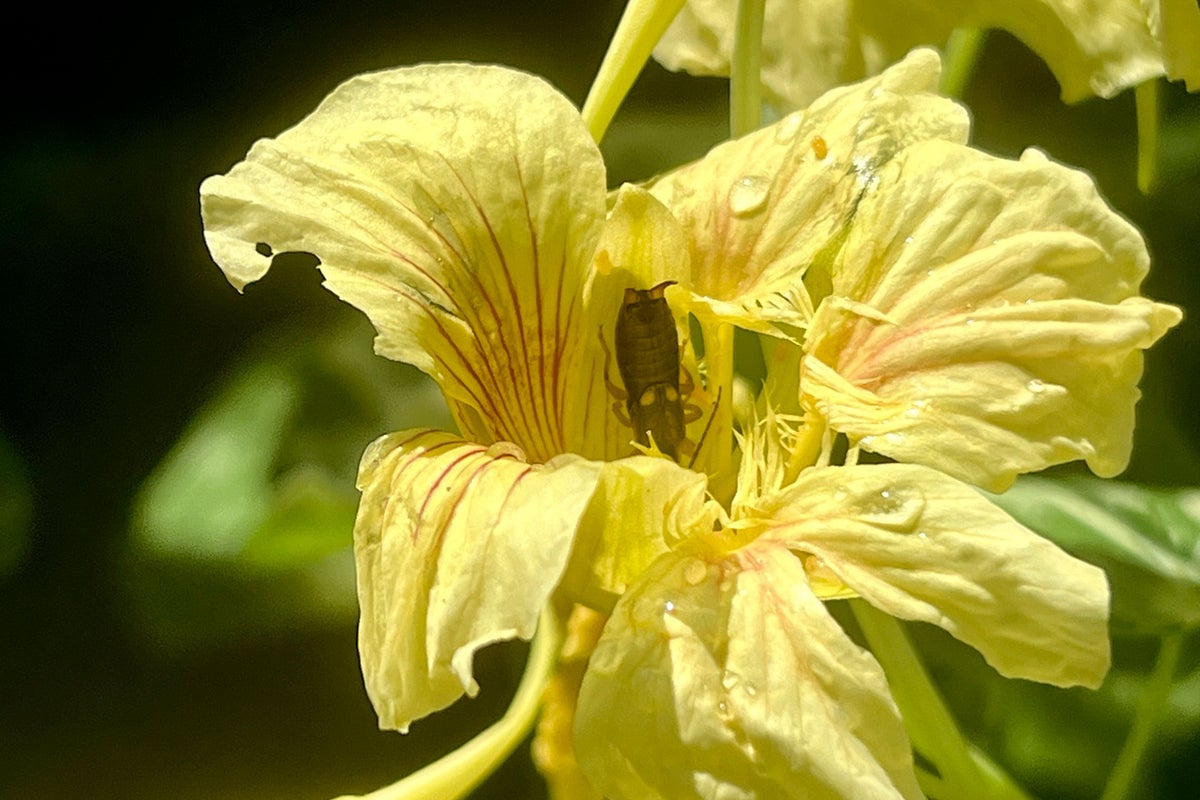
Support truly
independent journalism
With much of the U.S. sweltering through heat waves, gardeners are seeing some dramatic changes.
I’ve noticed them in my suburban New York garden, where the temperature this week has been exceeding 90 degrees Fahrenheit, with a “feels like” rating of nearly 10 degrees hotter, thanks to humidity. It started in June this year, and we don’t usually experience such heat waves so early in the season.
Weather, of course, is one of the primary determinants of gardening success. And as luck would have it, it’s completely out of our control.
Good news first...
Heat-loving plants are thriving. My Big Boy tomato vines have never been taller at this point in the season, and the zucchini is already threatening to overtake the back deck.
Cabbage, onion and corn maggots, which prefer cool temperatures, struggle in extreme heat, as do cutworms, so the hope is that susceptible plants will have banner years, as well.
Many of my perennials started blooming two weeks earlier than usual. I’m planning to plant a few extra late-season bloomers as insurance, should they call it quits sooner than expected.
And my hydrangeas have never been lovelier. Each of my 12 plants of different species is absolutely bursting with blooms, and many other gardeners in my region are reporting the same. That’s not as much due to the current temperature as it is a nod to last year’s weather: Abundant late-summer and fall rain bolstered plump bud formation, and our unusually mild winter ensured that most, if not all, of those buds (and the stems that hold them) survived.
But on the darker side...
Some of my impatiens plants are languishing, despite the protection their partly shady corner of the garden provides.
Mosquitoes, which are typically more active at sunrise and sunset, have been feasting at the Jessica Buffet under the noonday sun. Although heat theoretically slows the ankle biters’ activity, their metabolic and food requirements increase as the mercury rises. And as just another animal in the food chain, my role has become painfully clear.
Ticks can be more problematic after a mild winter and also thrive in heat and humidity, so many areas are experiencing a parasitic double whammy this summer. In addition, ticks previously had been found primarily in the eastern half of the country and along the Pacific coast. Now, the U.S. Environmental Protection Agency reports that “climate change has contributed to the expanded range of ticks, increasing the potential risk of Lyme disease, such as in areas of Canada where the ticks were previously unable to survive.” Protect yourself.
Earwigs, which revel in heat and humidity, are living their best lives right now, and many of my plants have the holes in their leaves to prove it. The good news is the so-called “pincher bugs” devour aphids, which are also out in higher-than-usual numbers. Thrips and spider mites thrive and multiply best in this heat, too.
And the slugs! We can thank above-average spring rainfall for them.
If your plants are under attack, there’s no need to reach for synthetic pesticides. A shot of soapy water, sprayed directly on soft-bodied insects like aphids, spider mites, thrips and whiteflies, serves as an excellent control method.
Slugs can be lured to a drowning death by sinking beer-filled tuna cans into the soil around affected plants. The same treatment works against earwigs, if warranted, when the beer is replaced with fish oil, bacon grease or equal parts of olive oil and soy sauce.
As for mosquitoes, eliminating standing water and adding Bti granules to bird baths and fish ponds to prevent mosquito eggs from hatching is the best defense. Running a fan outdoors will shoo them and other flying insects away, reducing or even eliminating blood donations from the patio.
The weather might be making for a buggy summer, but my glass is half full: I’m focusing on my hydrangeas.
___
Jessica Damiano writes weekly gardening columns for the AP and publishes the award-winning Weekly Dirt Newsletter. You can sign up here for weekly gardening tips and advice.







